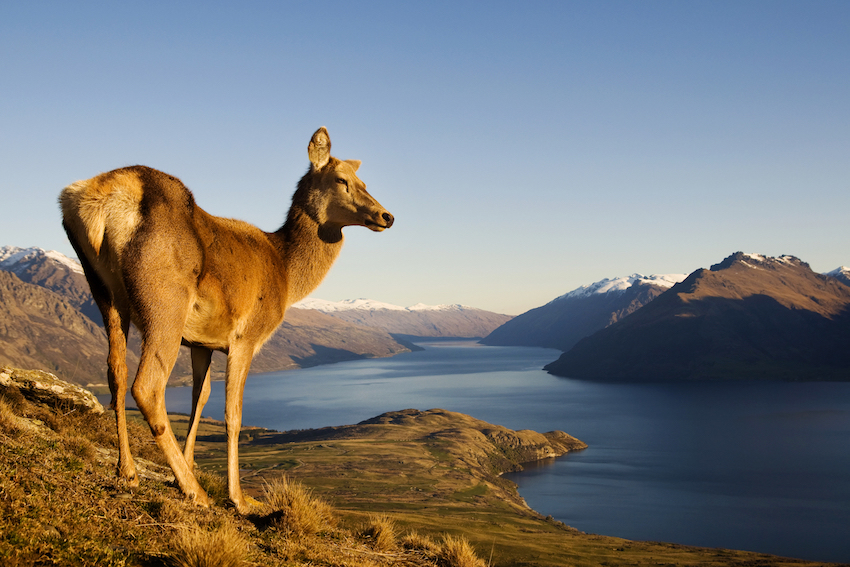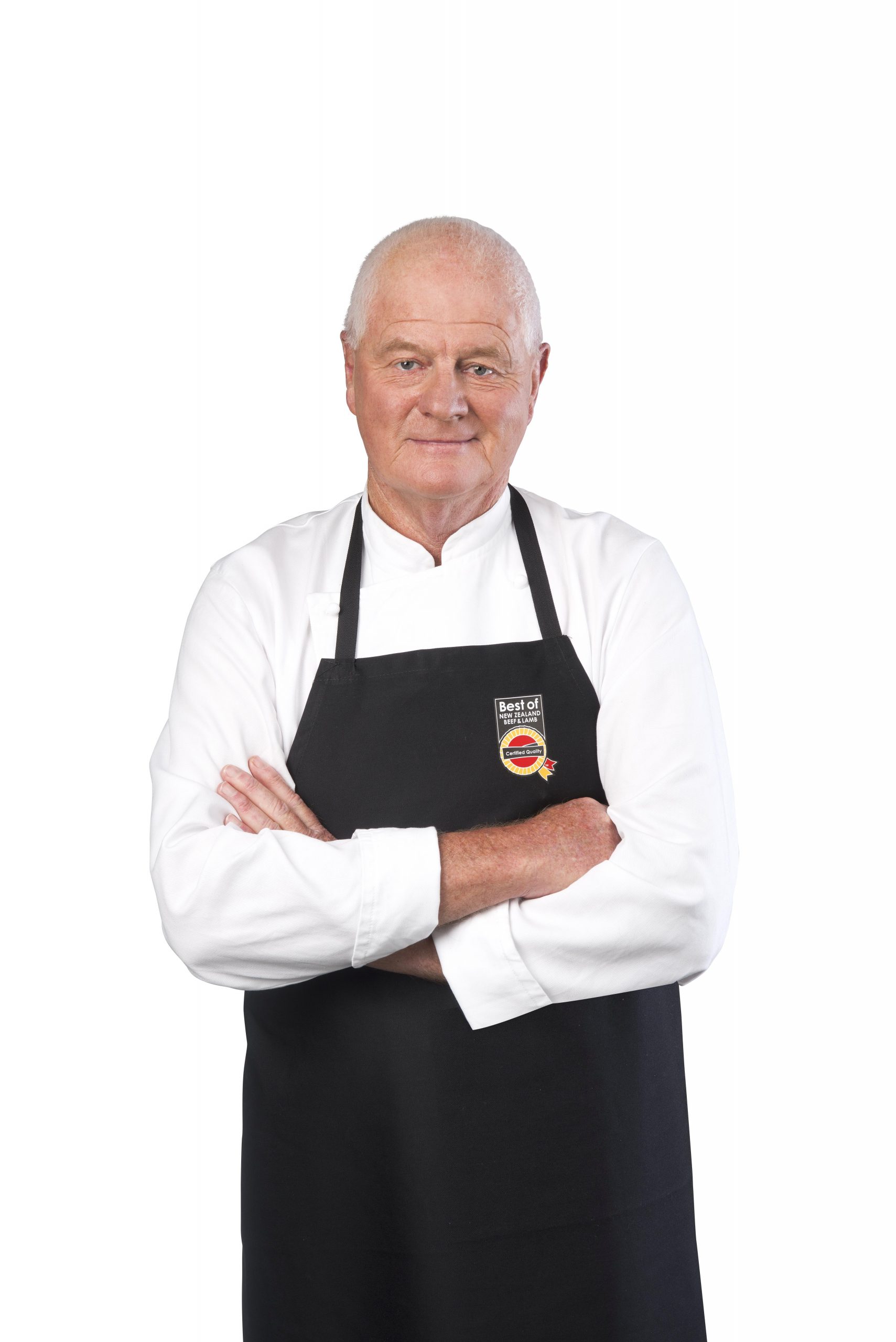Jess Quinn is on a mission to normalise “different”. Since having her leg amputated just before her ninth birthday so she could survive an aggressive cancer, she has had to adapt and change the narrative. Her epic just-published book, Standing Still: What I’ve Learnt from a Life Lived Differently, is a must-read and Good is stoked to share an extract.
I will never forget the day I went to pick up my blade.
It was a classically balmy Auckland morning when I walked into the little green-roofed building just off Dominion Road that houses the Limb Centre.
By this time, the place was so familiar it felt like going to visit an old friend. I was 23, and well and truly past my teenage years, a time when I’d been so uncomfortable with my body and the ways it differs from other bodies.
Today, I was proudly wearing shorts, doing nothing to hide my prosthetic leg – but not really doing anything to show it off either. Since it was designed to look as much like my other leg as possible, people often didn’t notice it.
I could go months after meeting someone before they even realised I had a prosthetic leg, and that was fine with me.
I was confident in myself and my body, but I was also happy to be able to get through the day without being asked about it, without having to look down and get an instant reminder of all the ways I am different.
This was just my way of trying not to let my leg be one of the main parts of my life and, for the past few years, it was an approach that had worked for me.
The blade was about to shake all of that up.
Blade runner
The idea to order myself a running blade – you know, the kind Paralympians wear – was one I’d been toying with for a while. I really, really wanted to run, but my existing prosthetic just wasn’t up to the task.
So I’d decided it was time to give the blade a go. Blades are specifically designed to offer a type of spring in the foot that everyday prosthetics don’t, but I knew it still might not work.
Even with a blade, running might remain impossible for me because, unlike most amputees I’d seen using them, I have a foot for a knee and a calf muscle for a quad.
That (unsurprisingly) limits my range of motion. But I figured I could only give it a go.
As always with getting a new prosthetic, it had been quite the process. First, I’d had to get funding approved for a new leg, and then the Limb Centre had ordered the parts.
These took a few months to turn up, and then everything had to be put together and custom-fitted to me.
Finally, today, the blade was ready for me to try on for the first time.
As I stepped through the door, I felt a flicker of excitement. I couldn’t wait to see the blade. I was beyond active at this point in my life, and I hoped it might be the tool that would help me take that further.
When I first set eyes on it, I felt like I’d opened a box of fresh sneakers. I’d had it designed to look as cool as possible, and it was very cool.
The bottom half was part-designed by Nike and had a removable sole similar to that of a running shoe.
This was fitted on to the black carbon-fibre spring, then there was a black carbon-fibre socket – made just for me – with a black leather corset inside to hold my foot in place.
I put it on straight away. I looked down and felt so happy. It looked nothing at all like a leg, but it felt so much like me. Without having even taken a step on it, I felt like an athlete. I felt capable. I felt super-abled.

No hiding
The first day I took my blade to Flexa Clinic was pretty confronting.
I had been waiting such a long time for it to be built that I was impatient to get it out on the gym floor and start putting it through its paces, but I was also nervous about stepping out in public with a leg that no longer looked anything like a leg.
Wearing it inside the Limb Centre had been fine, but putting it on in the gym was a whole other matter.
It almost felt like I was having to go out naked.
I walked in past the reception desk, carrying my blade in one hand and my gym bag in the other.
I headed straight to the changing room, where I set everything down on a bench.
I undressed. Sat down and removed my old prosthetic. Put it in the locker. Grabbed the blade from the bench beside me. Put the blade on. Put my shorts and singlet on. Tied my hair back. Pulled my gym shoe out of my bag, then put it on my left foot. Bent over and laced up my shoe. Sat up. Took a deep breath.
Stood up.
Walked out of the changing room.
Stepped onto the gym floor.
I felt off balance. I mean, I had one leg and one spring. My running blade is deliberately longer than my left leg, as it needs to have space to compress and then spring me back up when I run.
This means that standing or walking with it is always really uncomfortable because my hip is hitched higher on one side. So it felt unusual, sure, but the naked feeling I’d been worried about? It wasn’t there. In fact, I felt the opposite. For the first time in nearly fifteen years, I felt more “me” than I ever had.
I could see no questions in people’s faces. There was no more, ‘I wonder why that girl is limping . . . Is that a knee brace or . . .? Instead, it was more, That girl has one leg . . . Cool’.
I felt the biggest weight come off my shoulders. It took changing from a leg that looked like a leg to one that was a marvel of carbon fibre, but in that moment a bubble popped – one that I’d been living in without even knowing it.
It took putting on my blade to make me even realise that I’d been hiding anything with my old prosthetic.
That’s when I understood that sometimes, we hide our insecurities without even knowing we’re doing it.
Hiding becomes something so subconscious that it’s hidden even to ourselves. It just takes a massive jolt or a forced confrontation with ourselves for us to realise what it is we are hiding from.

Extracted with permission from Standing Still: What I’ve Learnt from a Life Lived Differently by Jess Quinn (Allen & Unwin), $37.





